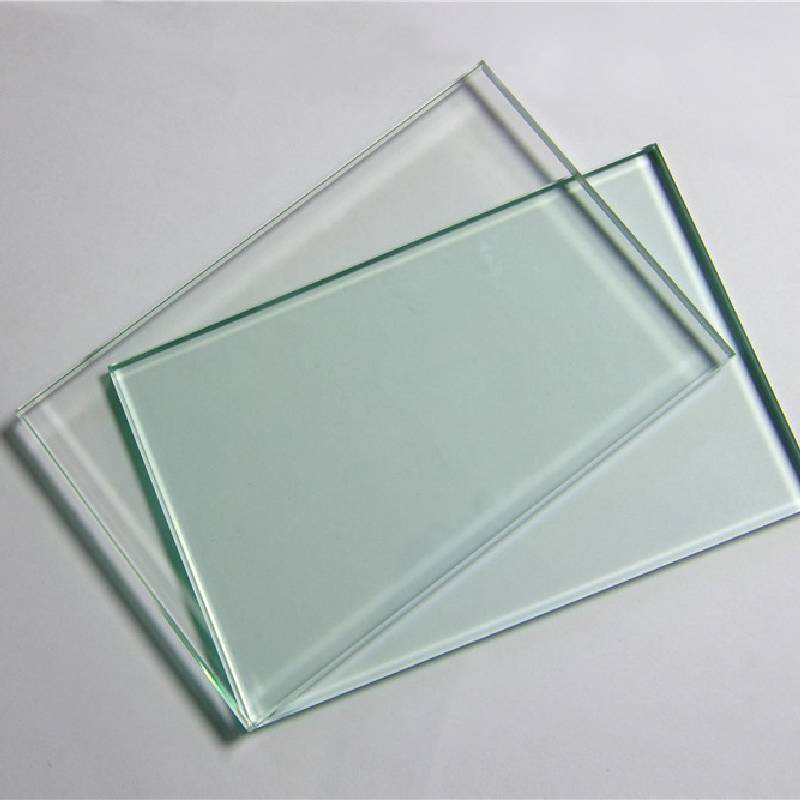The Impact of Float Glass Types on Architectural Design
Introduction
Float glass, a key component in modern architecture, offers endless design possibilities. Its versatility stems from various types, each with unique properties that influence aesthetics, functionality, and environmental impact. This article delves into the role of different float glass types in architectural design, examining their characteristics and how they contribute to creating visually stunning and sustainable structures.
Types of Float Glass
1. Clear Float Glass The most common type, clear float glass provides an unobstructed view and natural light transmission, making it ideal for large windows and doors. Its transparency enhances the aesthetic appeal of buildings while maintaining privacy.
2. Low-Emissivity (Low-E) Glass Coated with a thin layer of metallic oxide, Low-E glass reduces heat loss in winter and solar heat gain in summer, resulting in energy savings. It maintains excellent visibility while providing insulation against temperature fluctuations.
3. Reflective Glass With a mirrored surface, reflective glass bounces light back into a space, reducing glare and increasing privacy. It is suitable for applications where light control is crucial, such as offices, hotels, and residential buildings.
4. Textured Glass Characterized by its rough surface, textured glass diffuses light, creating a soft, warm ambiance Textured Glass Characterized by its rough surface, textured glass diffuses light, creating a soft, warm ambiance

Textured Glass Characterized by its rough surface, textured glass diffuses light, creating a soft, warm ambiance Textured Glass Characterized by its rough surface, textured glass diffuses light, creating a soft, warm ambiance
 float glass types
float glass types. It is often used in interior design for walls, partitions, and ceilings, adding visual interest and texture to spaces.
5. Tempered Glass Treated at high temperatures and pressures, tempered glass is four to five times stronger than ordinary glass. It shatters into small, harmless pieces when broken, enhancing safety in case of accidents.
Architectural Applications
Each float glass type offers unique benefits that can be leveraged in various architectural designs. For instance, clear float glass is widely used in curtain walls, where its transparency allows for uninterrupted views and natural light penetration. Low-E glass is preferred in commercial buildings and greenhouses due to its energy-saving properties. Reflective glass is commonly found in high-rise buildings and luxury homes, where light control and privacy are paramount. Textured glass adds depth and character to interior spaces, while tempered glass enhances safety in high-traffic areas and public facilities.
Conclusion
The versatility of float glass types makes them indispensable in contemporary architectural design. By carefully selecting the appropriate glass type for a project, architects can create visually stunning and functional spaces that meet both aesthetic and environmental goals. As technology continues to advance, we can expect to see even more innovative uses of float glass in the world of architecture.


 Textured Glass Characterized by its rough surface, textured glass diffuses light, creating a soft, warm ambiance Textured Glass Characterized by its rough surface, textured glass diffuses light, creating a soft, warm ambiance
Textured Glass Characterized by its rough surface, textured glass diffuses light, creating a soft, warm ambiance Textured Glass Characterized by its rough surface, textured glass diffuses light, creating a soft, warm ambiance float glass types. It is often used in interior design for walls, partitions, and ceilings, adding visual interest and texture to spaces.
5. Tempered Glass Treated at high temperatures and pressures, tempered glass is four to five times stronger than ordinary glass. It shatters into small, harmless pieces when broken, enhancing safety in case of accidents.
Architectural Applications
Each float glass type offers unique benefits that can be leveraged in various architectural designs. For instance, clear float glass is widely used in curtain walls, where its transparency allows for uninterrupted views and natural light penetration. Low-E glass is preferred in commercial buildings and greenhouses due to its energy-saving properties. Reflective glass is commonly found in high-rise buildings and luxury homes, where light control and privacy are paramount. Textured glass adds depth and character to interior spaces, while tempered glass enhances safety in high-traffic areas and public facilities.
Conclusion
The versatility of float glass types makes them indispensable in contemporary architectural design. By carefully selecting the appropriate glass type for a project, architects can create visually stunning and functional spaces that meet both aesthetic and environmental goals. As technology continues to advance, we can expect to see even more innovative uses of float glass in the world of architecture.
float glass types. It is often used in interior design for walls, partitions, and ceilings, adding visual interest and texture to spaces.
5. Tempered Glass Treated at high temperatures and pressures, tempered glass is four to five times stronger than ordinary glass. It shatters into small, harmless pieces when broken, enhancing safety in case of accidents.
Architectural Applications
Each float glass type offers unique benefits that can be leveraged in various architectural designs. For instance, clear float glass is widely used in curtain walls, where its transparency allows for uninterrupted views and natural light penetration. Low-E glass is preferred in commercial buildings and greenhouses due to its energy-saving properties. Reflective glass is commonly found in high-rise buildings and luxury homes, where light control and privacy are paramount. Textured glass adds depth and character to interior spaces, while tempered glass enhances safety in high-traffic areas and public facilities.
Conclusion
The versatility of float glass types makes them indispensable in contemporary architectural design. By carefully selecting the appropriate glass type for a project, architects can create visually stunning and functional spaces that meet both aesthetic and environmental goals. As technology continues to advance, we can expect to see even more innovative uses of float glass in the world of architecture.